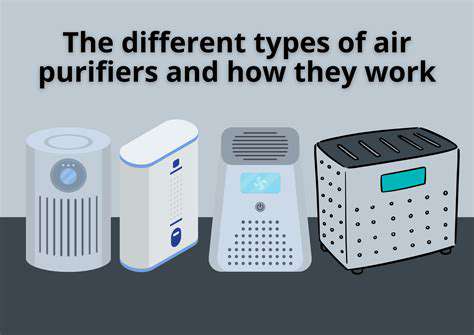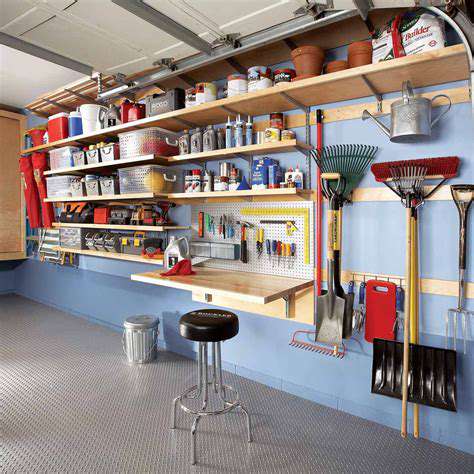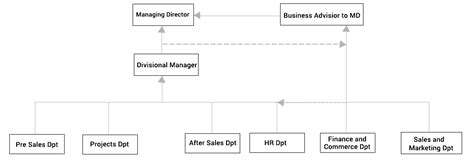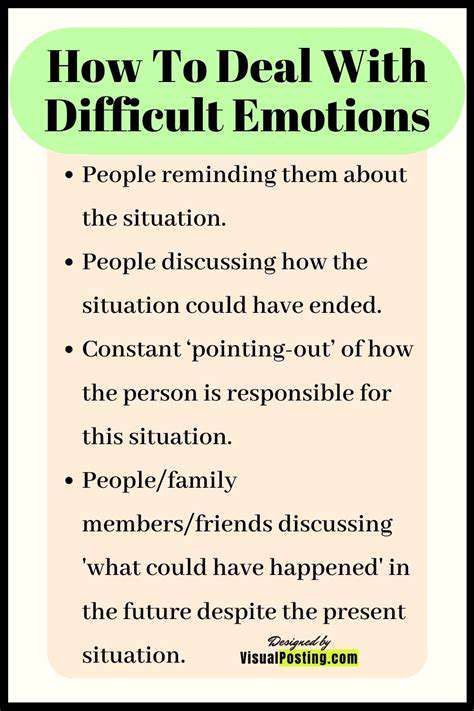Best Air Purifiers for a Healthy Home [2025]
Comparing Different Types of Air Purifiers

HEPA Air Purifiers
HEPA (High-Efficiency Particulate Air) filters are the gold standard for trapping airborne particles. They capture 99.97% of particles as small as 0.3 microns—ideal for dust, pollen, and mold spores. However, they don’t remove gases or odors, so pairing them with an activated carbon filter is often necessary.
Look for true HEPA labels, as some brands use misleading terms like HEPA-type. True HEPA filters undergo rigorous testing to meet strict standards. Regular filter changes are critical; a clogged filter reduces efficiency and strains the motor.
Activated Carbon Air Purifiers
These excel at neutralizing smells and volatile organic compounds (VOCs) from cooking, smoke, or chemicals. The porous carbon material adsorbs gases, making it a must-have for households with smokers or strong odors. However, they’re ineffective against particles unless combined with a HEPA filter.
For best results, choose purifiers with thick carbon filters—thin layers saturate quickly. Some advanced models even incorporate potassium iodide to enhance VOC removal. Replace carbon filters every 3–6 months, depending on usage.
UV-C Air Purifiers
UV-C light targets bacteria, viruses, and mold spores by disrupting their DNA. This technology is popular in medical settings but requires careful implementation at home. Ensure the UV light is shielded to prevent exposure, and note that it won’t capture particles or odors.
Effectiveness depends on exposure time; air must pass slowly near the light source. Some units combine UV-C with HEPA filters for comprehensive protection. Maintenance involves periodic bulb replacement—typically every 9–12 months.
Ionic Air Purifiers
Ionizers release charged particles that bind to pollutants, causing them to settle. While effective for some particles, they produce trace ozone—a lung irritant—and require regular surface cleaning. They’re quieter than fan-based purifiers but less efficient for large particles.
If considering an ionizer, opt for models certified as ozone-free. Pairing one with a HEPA purifier can improve overall air quality. However, those with respiratory conditions should avoid ionizers due to potential ozone risks.
Best Air Purifier Recommendations for 2025
Top Picks for Allergy Sufferers
The Coway Airmega 400 combines HEPA and carbon filtration with a high CADR, making it ideal for allergy relief. Its auto mode adjusts fan speed based on real-time air quality, reducing symptoms without constant manual tweaks. The washable pre-filter extends the HEPA filter’s lifespan, cutting long-term costs.
For smaller spaces, the Levoit Core 300 offers true HEPA filtration at an affordable price. Its compact design fits seamlessly into bedrooms or offices, and the sleep mode operates at a whisper-quiet 24dB.
Best for Pet Owners
The RabbitAir MinusA2 tackles pet dander and odors with a six-stage filtration system. Its customizable filters—including a pet allergy option—make it a top choice for multi-pet households. The wall-mountable design saves floor space, and the auto mode responds to airborne particles from shedding.
Budget-conscious pet owners might prefer the Winix 5500-2, which pairs a true HEPA filter with PlasmaWave technology to break down odors. The carbon filter is exceptionally thick, prolonging its effectiveness against pet smells.
Models for Large Spaces
The Dyson Purifier Cool Formaldehyde handles spaces up to 800 sq. ft. with HEPA and carbon filtration. Its unique design circulates purified air evenly, and the built-in fan provides year-round use. The LCD screen displays real-time pollutant levels, offering transparency about air quality improvements.
Alternatively, the Blueair Protect 7470i covers 698 sq. ft. and features Wi-Fi connectivity for remote control. Its HEPASilent technology achieves quiet operation without sacrificing performance—perfect for open-concept homes.
Budget-Friendly Options
The Levoit Core 200S delivers true HEPA filtration under $100. Despite its low price, it includes smart features like app control and voice commands via Alexa. The three-stage filtration handles dust, pollen, and light odors effectively for small to medium rooms.
Another contender, the GermGuardian AC4825, adds UV-C light to its HEPA filter at a mid-range price. While the UV feature is supplemental, the overall package offers solid value for improving air quality economically.
Smart Air Purifiers
The IQAir HealthPro Plus stands out with hyperHEPA filtration and real-time air quality monitoring. Its advanced sensors detect ultrafine particles down to 0.003 microns—far smaller than standard HEPA limits. Though pricey, it’s a top-tier choice for those prioritizing precision and connectivity.
For seamless smart home integration, the Honeywell Home T10 pairs with existing ecosystems like Google Home. The auto-adjusting fan and filter replacement reminders simplify maintenance, while geofencing activates purification when you’re en route.
Maintenance and Cleaning
Consistent upkeep is non-negotiable for sustained performance. Vacuum pre-filters monthly to prevent clogging, and replace HEPA filters as recommended—usually every 6–12 months. For carbon filters, replacement timing depends on odor intensity; heavy use may require quarterly changes.
Wipe down exterior vents to maintain airflow, and deep-clean ionizer plates if applicable. Some brands offer subscription services for automatic filter deliveries, ensuring you never miss a replacement. Regular maintenance not only prolongs the purifier’s life but also ensures peak air-cleaning efficiency.




![Best Resources for Learning [Specific Science Subject]](/static/images/31/2025-05/SpaceAgenciesandOrganizations3AUnveilingtheLatestDiscoveries.jpg)





